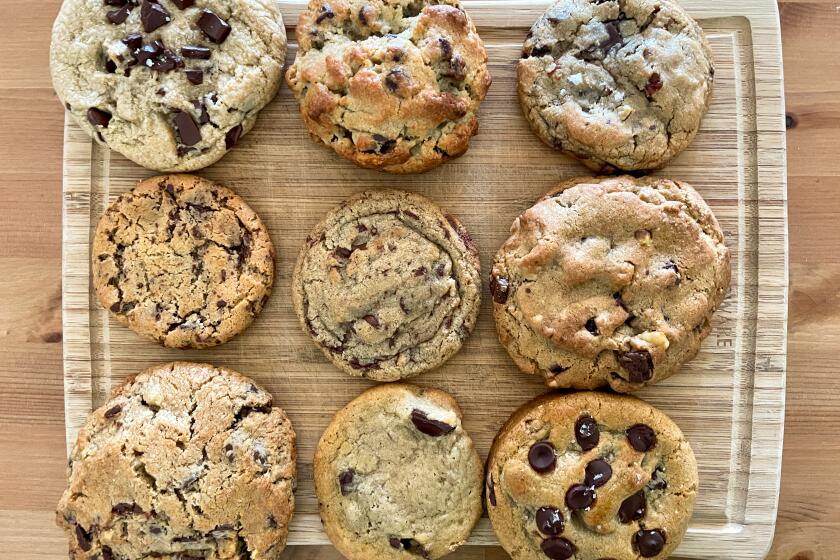A Word, Please: ‘As well as’ and its misleading connective cousins
Last week, we learned two things: “As well as” is hard to use and you use it well anyway.
This week, I take it back. The truth is “as well as” is easy, and you, if you’re anything like the writers I edit, are really blowing it.
How can I explain this contradiction? Easy. “As well as” has different applications. It can join two nouns that are the subject of a sentence, “John as well as Jane is here.” In these cases, it’s hard to know whether you want a singular verb like “is” or a plural verb like “are.” Inexplicably, everyone handles these situations well.
But “as well as” can also add an item to the end of a list: “Specialties include pasta, steaks, chops and fresh seafood, as well as craft cocktails.” That’s where people mess up, instead structuring sentences like this: “Specialties include pasta, steaks, chops, fresh seafood, as well as craft cocktails.”
Notice how the “and” before fresh seafood has disappeared. The result: a grammatical error based on the belief that, because “as well as” works kind of like “and,” it can replace “and.” Not so.
“And” is classified as a coordinating conjunction and, as a member of that club, it has a special power: It can be used in lists to signal that the next item will be the last item in the list. You don’t say the flag is red, white, blue. You say it’s red, white and blue. You don’t say your piggy bank contains pennies, nickels, dimes, quarters. You say it contains pennies, nickels, dimes and quarters.
“As well as” can’t do “and’s” job in those situations because it’s not a coordinating conjunction. Some people call it a quasi-coordinator because it has some properties of “and” but not all. Garner’s Modern American Usage calls “as well as” a “misleading connective” for reasons you can easily glean. It connects things, but it misleads people as to how those connections work.
The result is a regular barrage of sentences like this in my editing work: “Every dish is made with fresh fish, served with soy sauce, ginger, spicy wasabi, as well as miso soup.” My job, the service for which I get paid the big bucks, is to insert “and” before “spicy wasabi” and leave the rest of the sentence as is.
This problem is most common when one of the items in the list contains its own internal “and,” like “peanut butter and jelly.” Consider: “Sandwiches on the menu include turkey, tuna, peanut butter and jelly, as well as salami.” That’s a mistake. For purposes of this list, “peanut butter and jelly” make up one item, not two. It’s a sandwich. So before the last sandwich in the list, you need an “and.” Only after you’ve completed the list can you tack on “as well as”: Sandwiches on the menu include turkey, tuna and peanut butter and jelly, as well as salami.
“As well as” isn’t the only member of the misleading connectives club. “Along with” misleads, too, as in, “Major industries are agriculture, energy, manufacturing, along with information technology.”
“Coupled with” is another culprit, as seen in this error I came across recently: “This holiday anticipation coupled with 2019 findings mean there is even greater urgency to start your holiday marketing plans now.” That sentence should have a singular verb, “means,” because the subject is singular, “anticipation.”
Rounding out our lineup of misleading connectives are “accompanied by,” “added to” and “together with” — all of which connect things but not in the same way that “and” does.
So remember, just because a term can add a noun to a list doesn’t mean it works like “and.” “As well as” and its misleading cousins just don’t possess all the powers of “and.”
— June Casagrande is the author of “The Joy of Syntax: A Simple Guide to All the Grammar You Know You Should Know.” She can be reached at [email protected].
All the latest on Orange County from Orange County.
Get our free TimesOC newsletter.
You may occasionally receive promotional content from the Daily Pilot.



